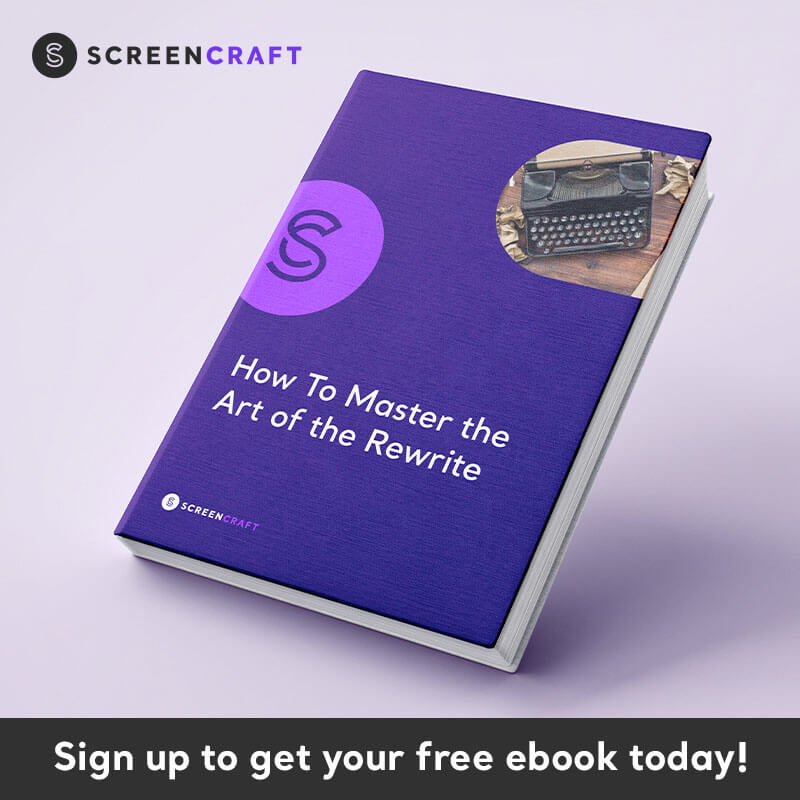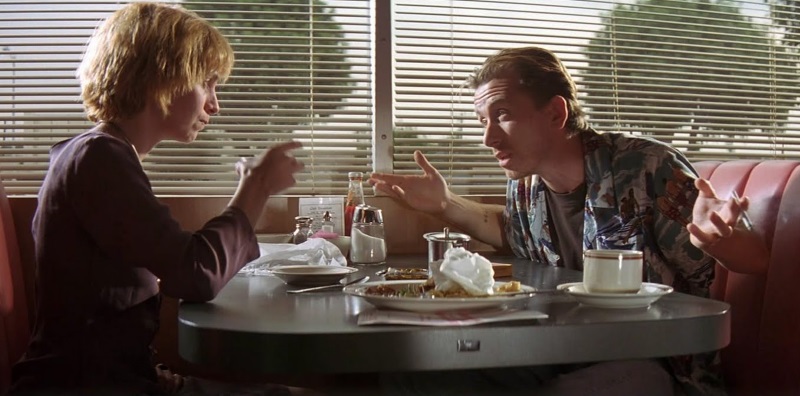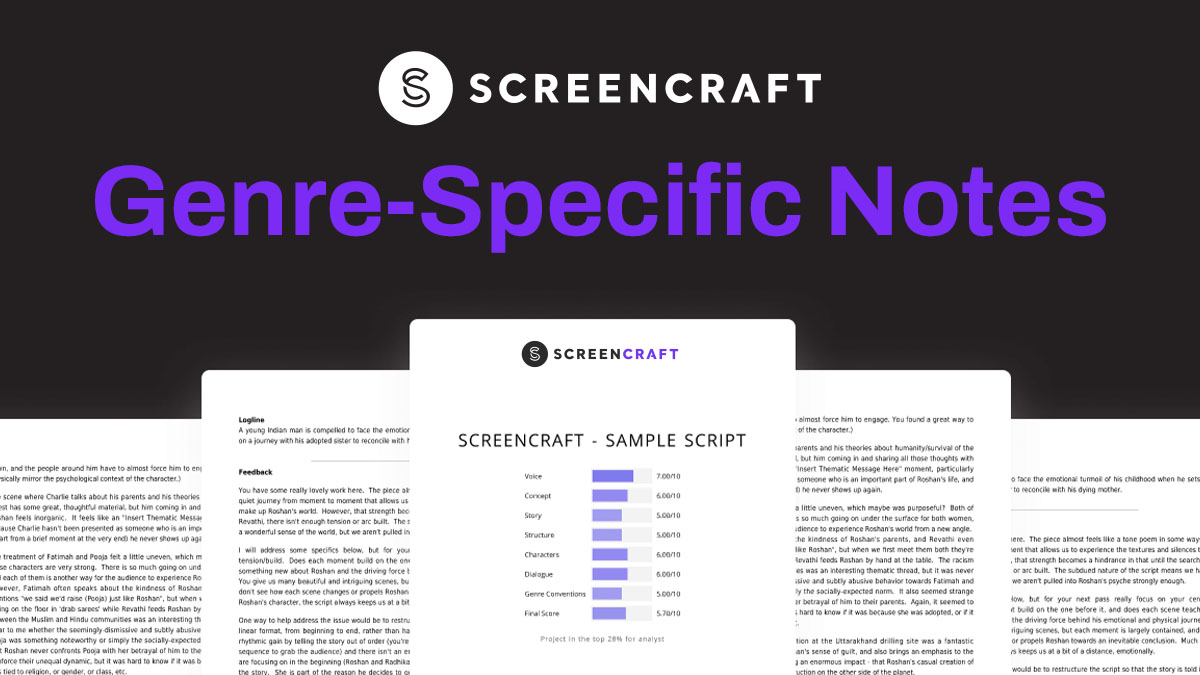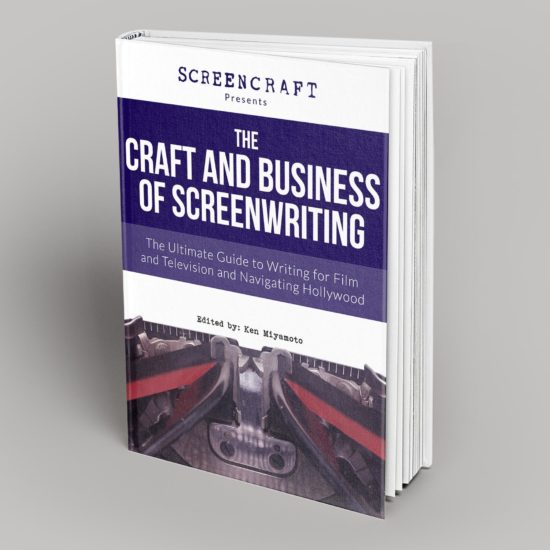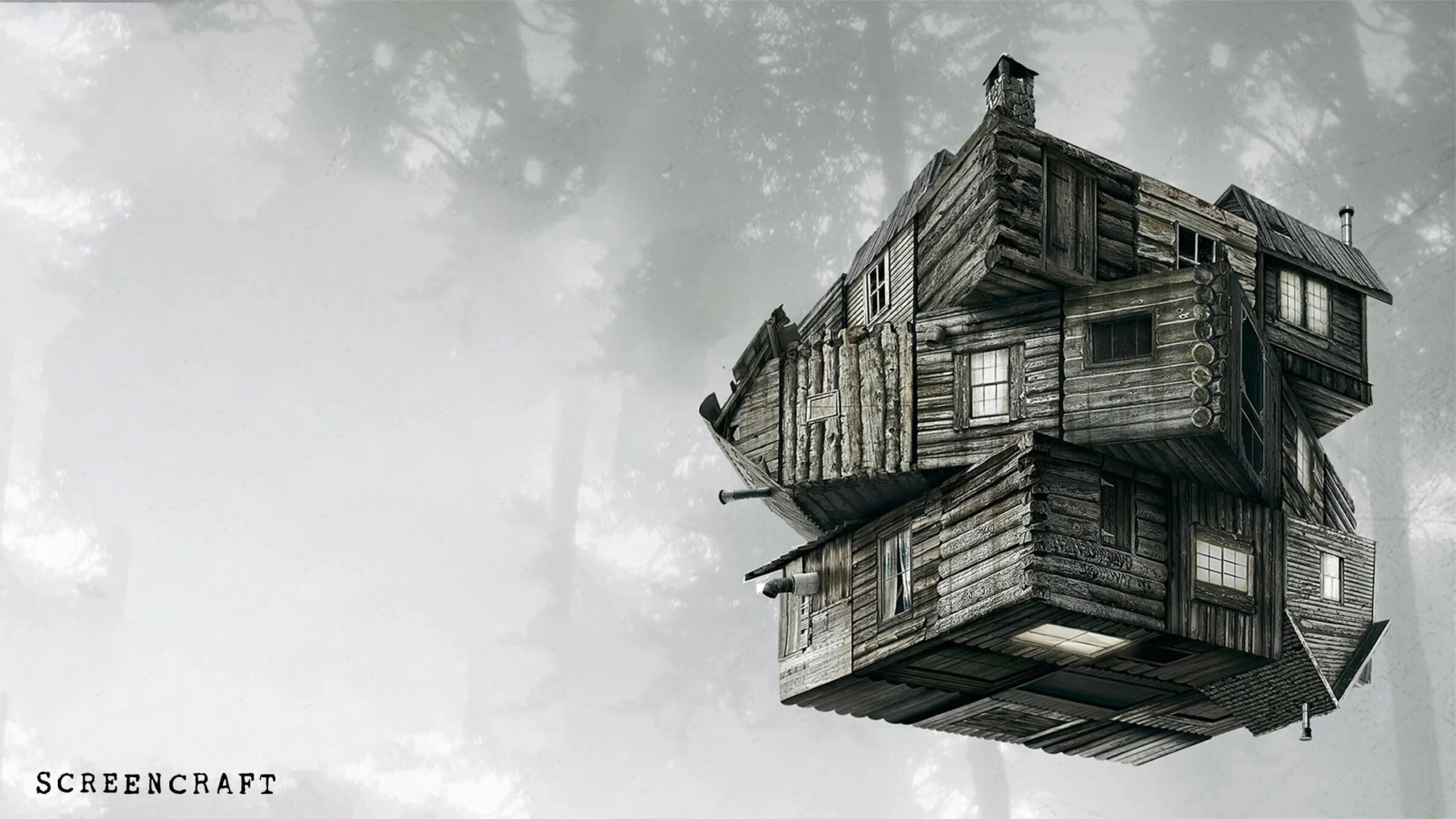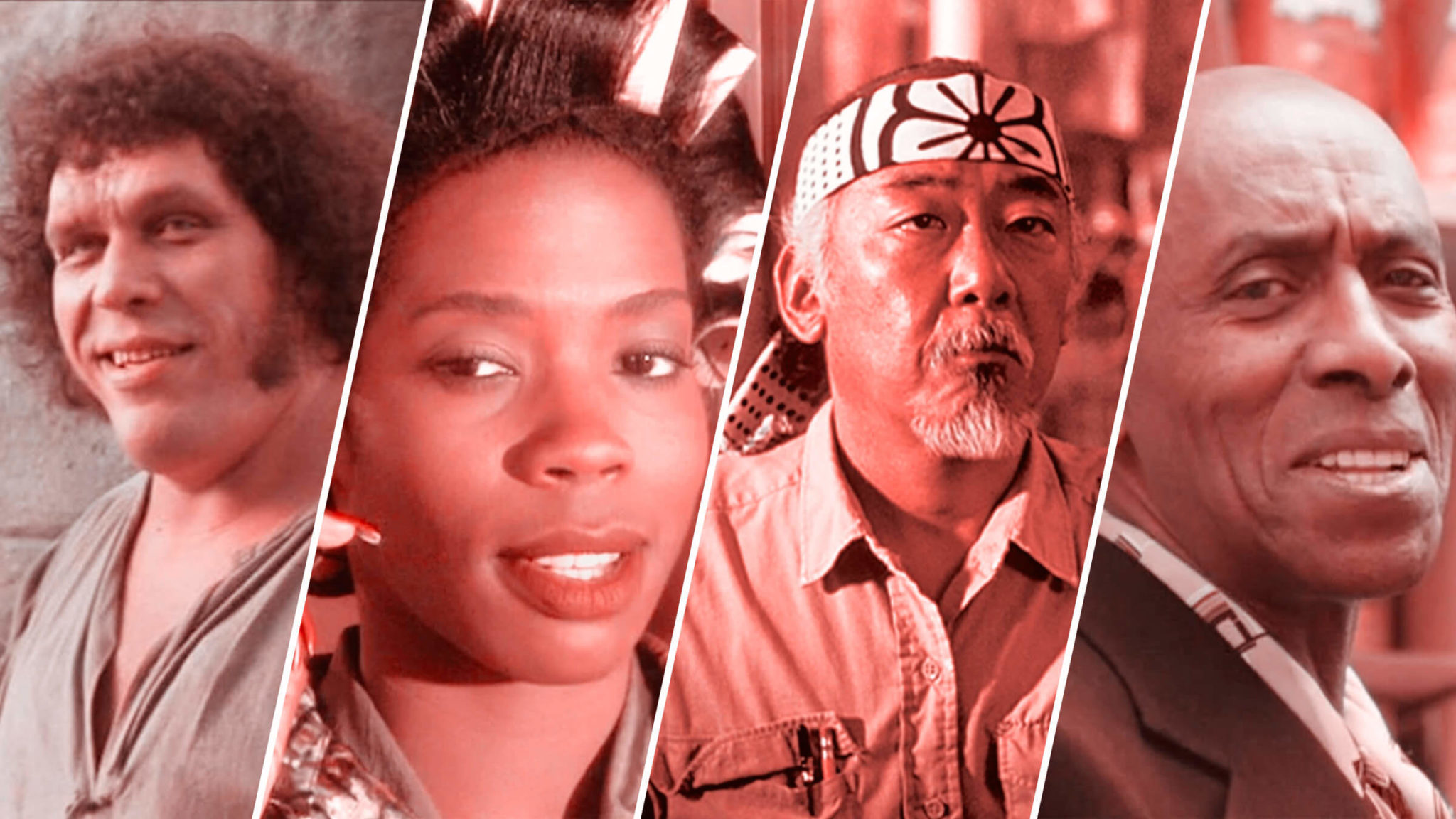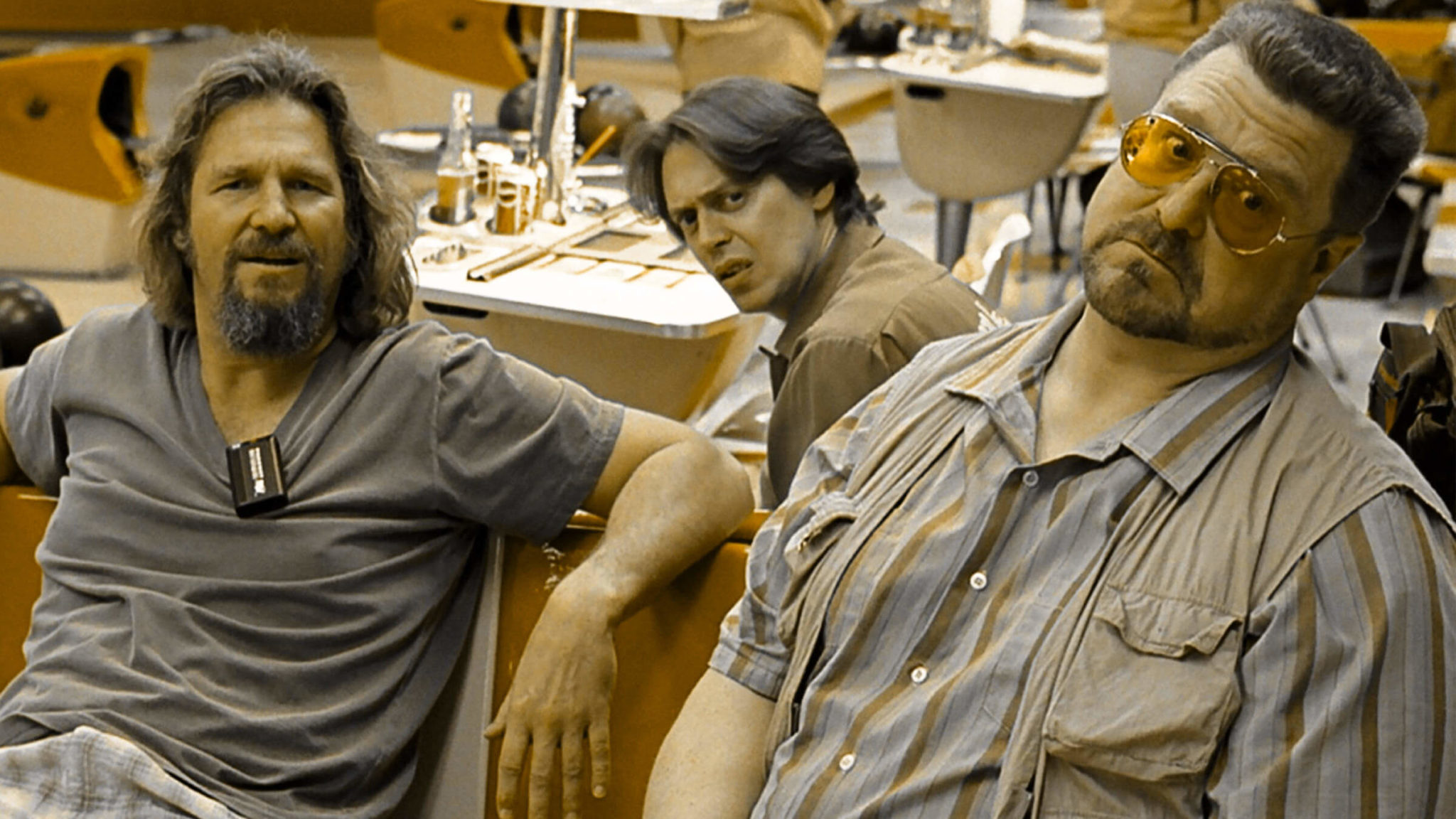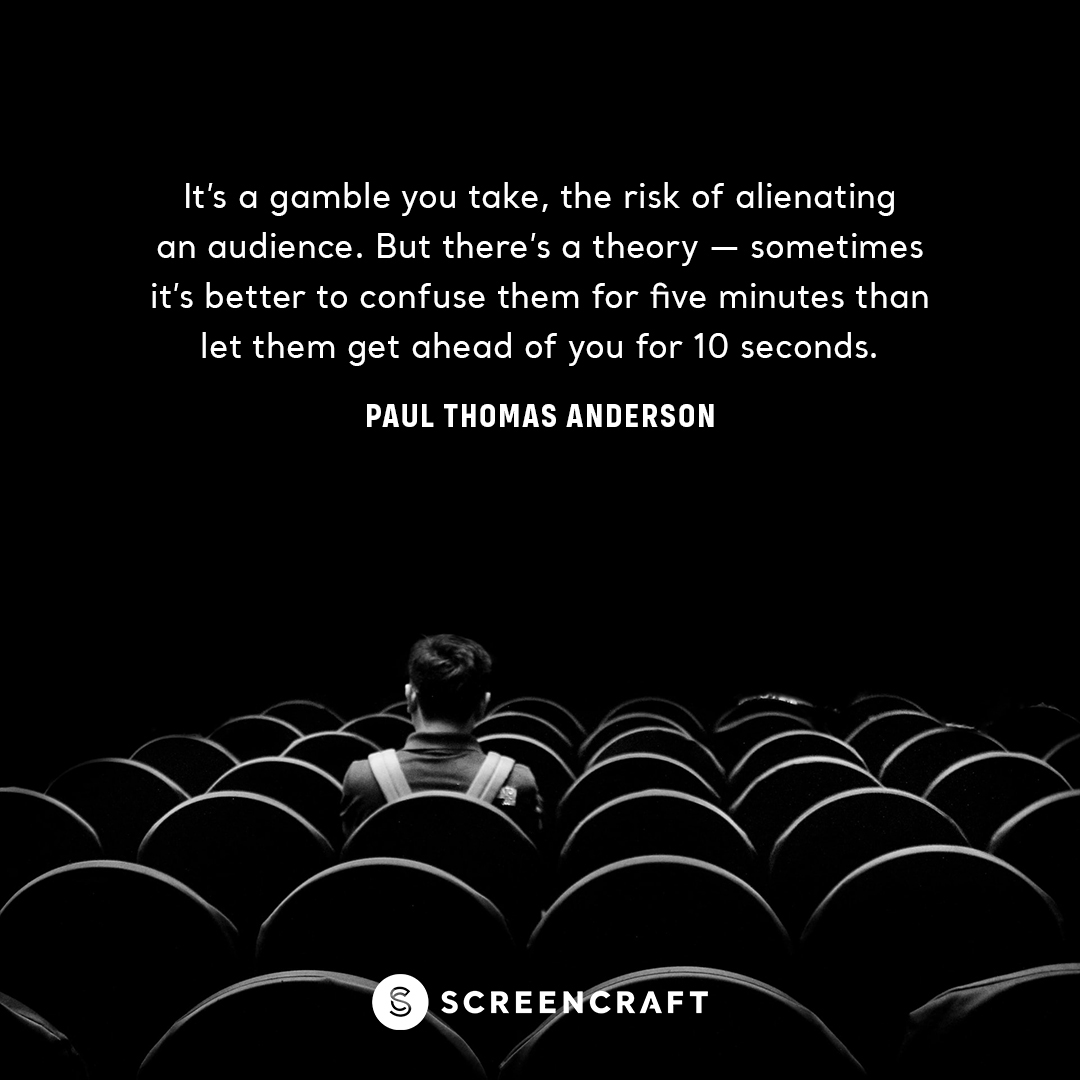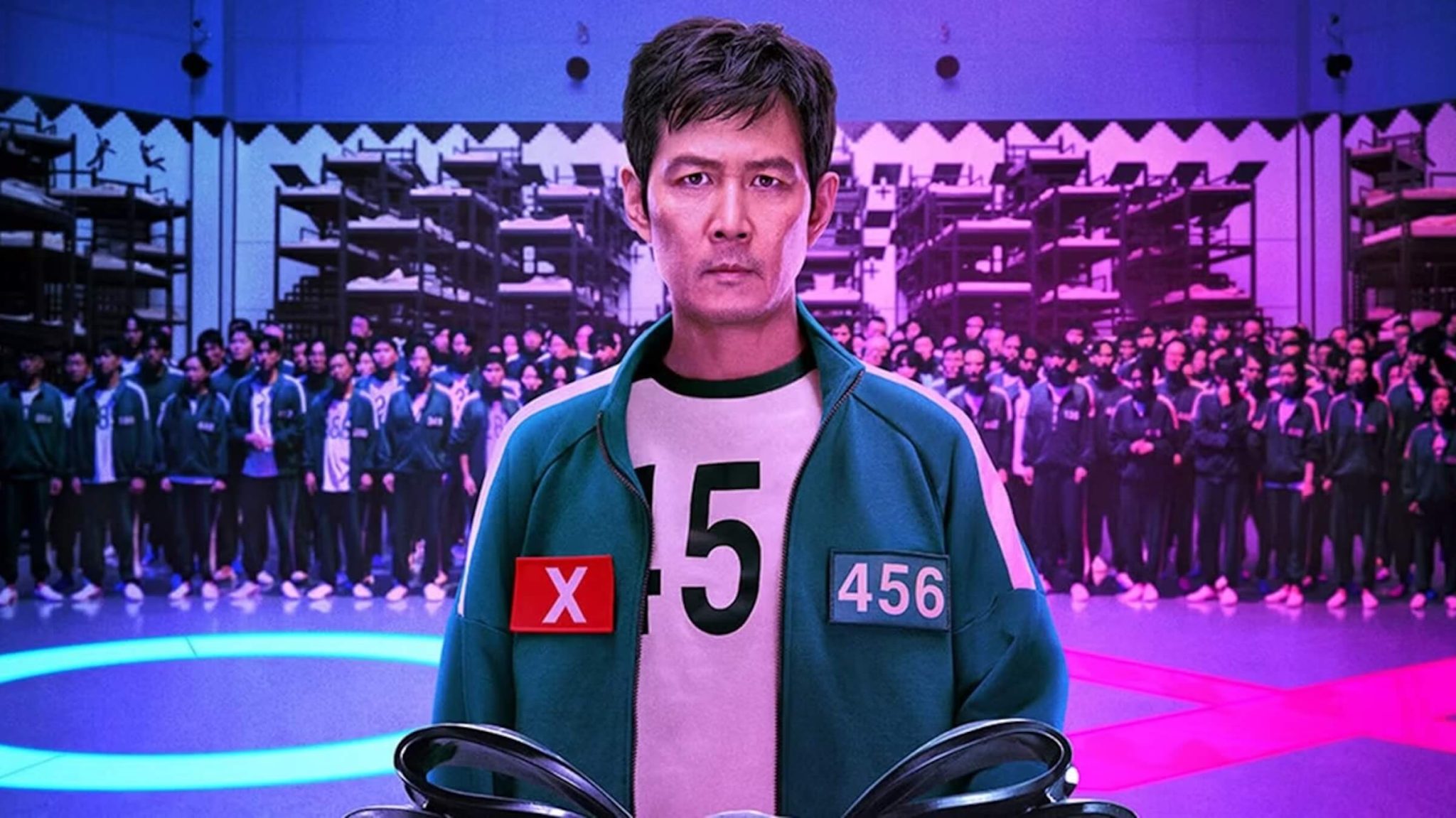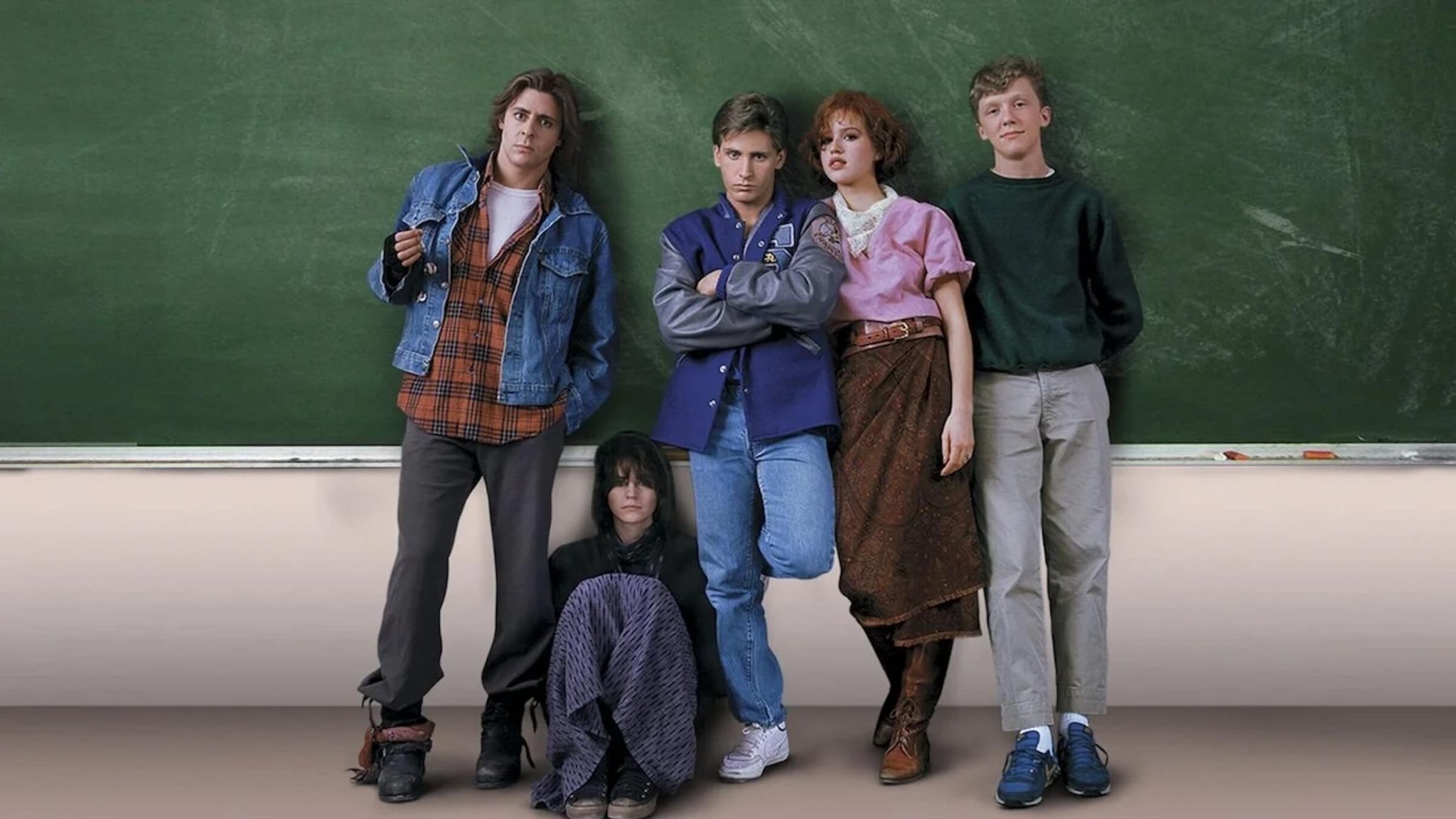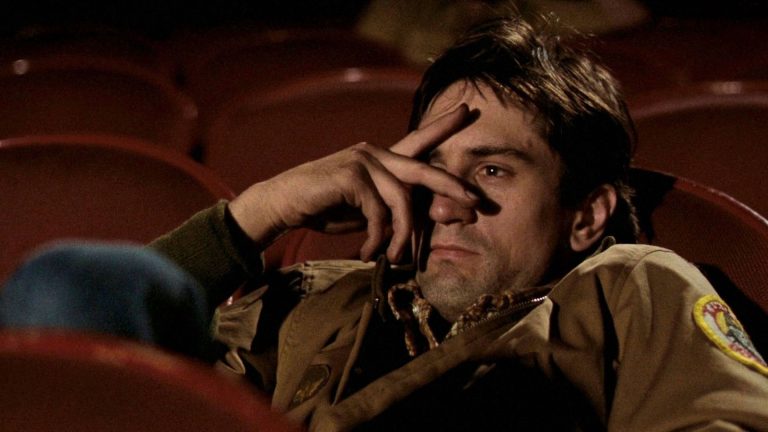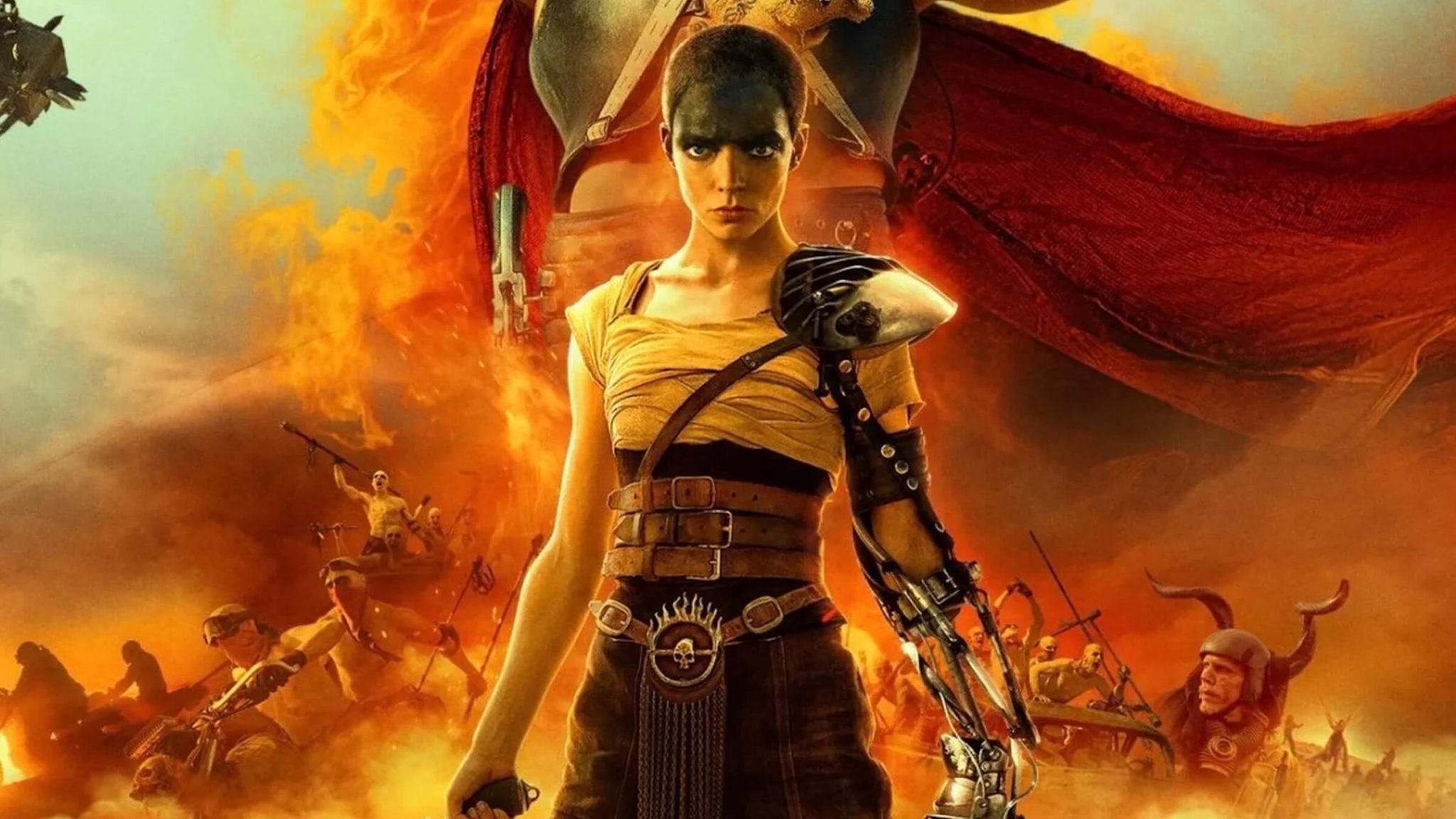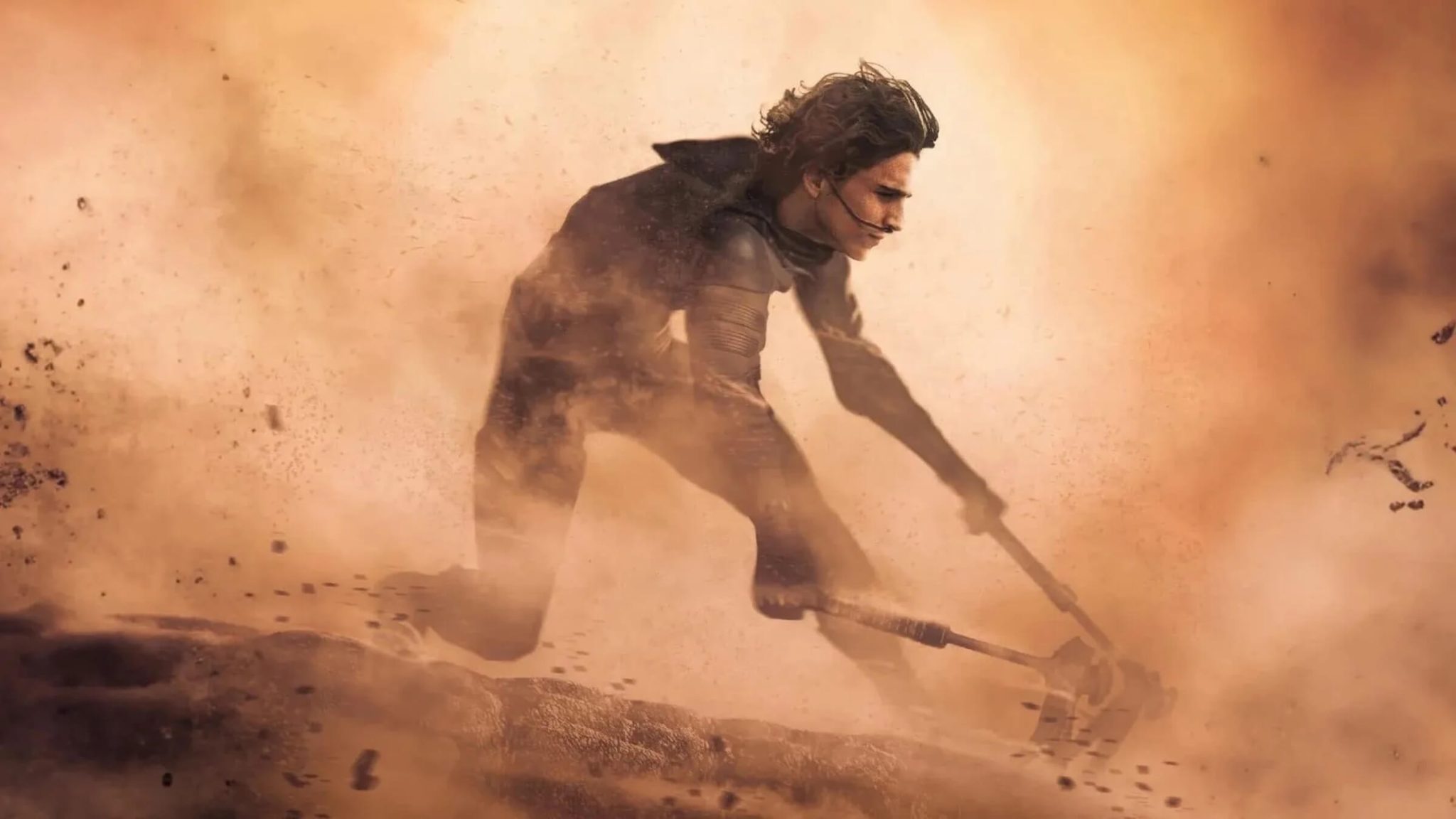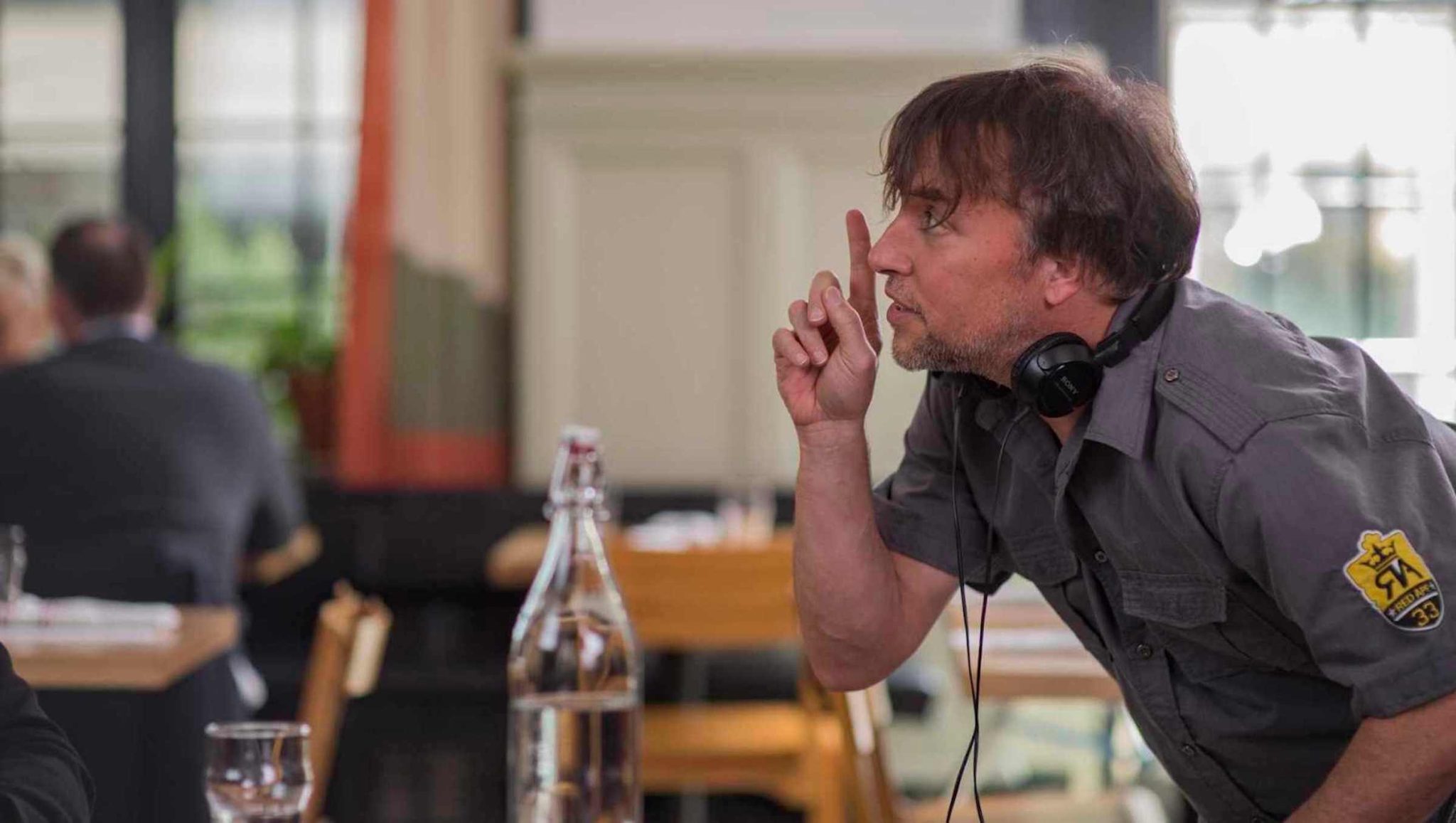
You have a great idea for a screenplay, and you've spent many painstaking months outlining the story, developing the characters, and brainstorming scenes. Or maybe you just smoked a bunch of weed and wanted to see if you could write a screenplay using Microsoft Paint.
Either way, you're ready to start writing, and chances are your script is going to have some dialogue (unless you're reading this in the year 2971, when people have evolved telepathy and no longer need to speak aloud to each other).
You may be thinking, I've had conversations with other humans before! Writing dialogue will be a piece of cake! Then you write a few pages and realize that your dialogue is stiff, clunky, and puking exposition everywhere. After you symbolically ball up a few blank pieces of paper and throw them in an overflowing trash can, return to your computer and follow these tips for writing better dialogue.
1. Cut the Fluff
Not only is small talk painfully boring in real life, it also makes for terrible dialogue!
“Hi, how are you?”
“Good, how are you?”
“I'm good. What did you do yesterday?”
“Oh, not much. Hung out. You?”
“Same. Just hung out.”
“Cool.”
See how boring? Sure, we want to write realistic dialogue that resembles the way people speak. But just because we've all had the above conversation a million times doesn't mean it belongs in a script. It serves no purpose, it slows down the momentum of the story, and it wastes precious space on the page. Cut out all the small talk and get straight to the important stuff. In real life and in your screenplay.
2. Everything Is Said for a Reason
As hinted above, dialogue should serve a purpose, like to show character, set up a joke, or reveal a new piece of information that moves the story forward. (Of course, you don't want to rely entirely on dialogue to tell the story; this is show business, not tell business!) If a line of dialogue doesn't serve a purpose or relate to the story and characters in some way, it doesn't belong. Do what you did to your My Buddy doll when the Chucky movies came out — get rid of it. Your dialogue will feel tighter and more cohesive if it's serving a distinct purpose.
3. Go Off-the-Nose
Writing “on the nose” means having your character say exactly what they are thinking or feeling. In other words, it means bringing any subtext to the surface, which is the opposite of where subtext belongs. Scenes will be much richer and more interesting if the characters are not so blatant about their emotional responses. Have your characters do what everyone should be doing—keeping your feelings bottled up and hidden away until you have an explosive mental breakdown in the middle of your family reunion!
4. Make Your Talking Heads Dance
Or ride a bike or have a fist fight or play ping pong or have a drinking contest. Especially if you're writing a dialogue-heavy scene where you need to explain a lot of information. Anything that introduces movement or action into the scene will trick the audience into not realizing how much exposition they're getting. Talking heads can get boring, so give your characters something to do while they blather on about how the time machine works or where the Emerald City is or how much cooler the T-1000 is than the regular Terminator. Also, why didn't John Connor just program one of the more sophisticated T-1000s to protect him instead of the Arnold Schwarzenegger terminator that the Connor family recognizes as a relentless killing machine? Anyway...
5. My, What a Distinct Voice You Have!
A great way to jazz up your dialogue is to make your characters sound different from each other, whether it's their speech pattern, word choice, sentence structure, rhythm, regional dialect, or even the frequency with which they speak—does your character never shut up, like Steve Buscemi in Fargo, or never say anything, like Silent Bob? Consider how different Han Solo sounds from Luke Skywalker or Princess Leia or Yoda. Much more interesting your dialogue will be if unique voices for each character you give!
6. Delete! Delete! Delete!
Gone are the days that families gathered around their radios and listened to the adventures of Red McGibbon and Bullet: Nazi Hunters, as told exclusively through dialogue and narration. Film and television are visual mediums, so we don't always need dialogue to convey information. Visual storytelling is almost always more effective than spoken word, so when you have the chance, cut the dialogue and show an image or action or reaction to communicate information. Actions speak louder than words! A picture is worth a thousand words! An apple a day keeps the doctor away!
Caitlin Caitlin is a comedian, writer, and professional script reader. When she’s not doing those things, she’s watching Back to the Future and wishing she wrote it. You can follow her @caitlindurante .
Tags
Get Our Screenwriting Newsletter!
Get weekly writing inspiration delivered to your inbox - including industry news, popular articles, and more!

